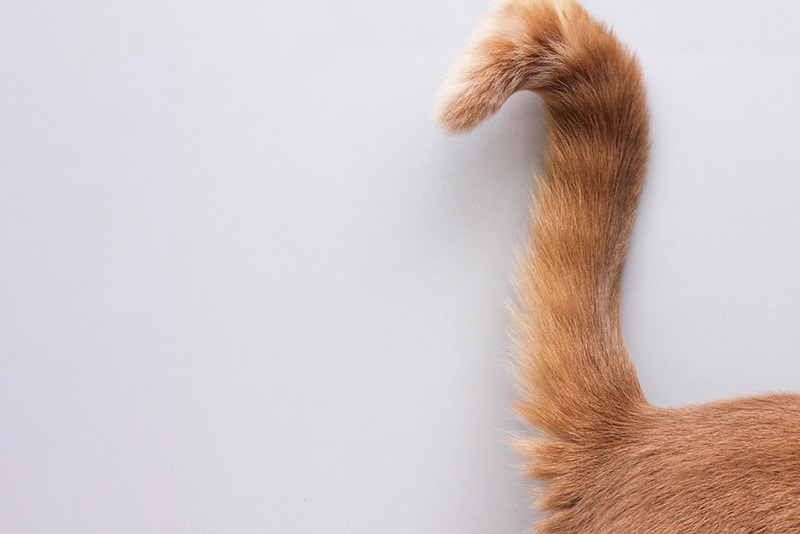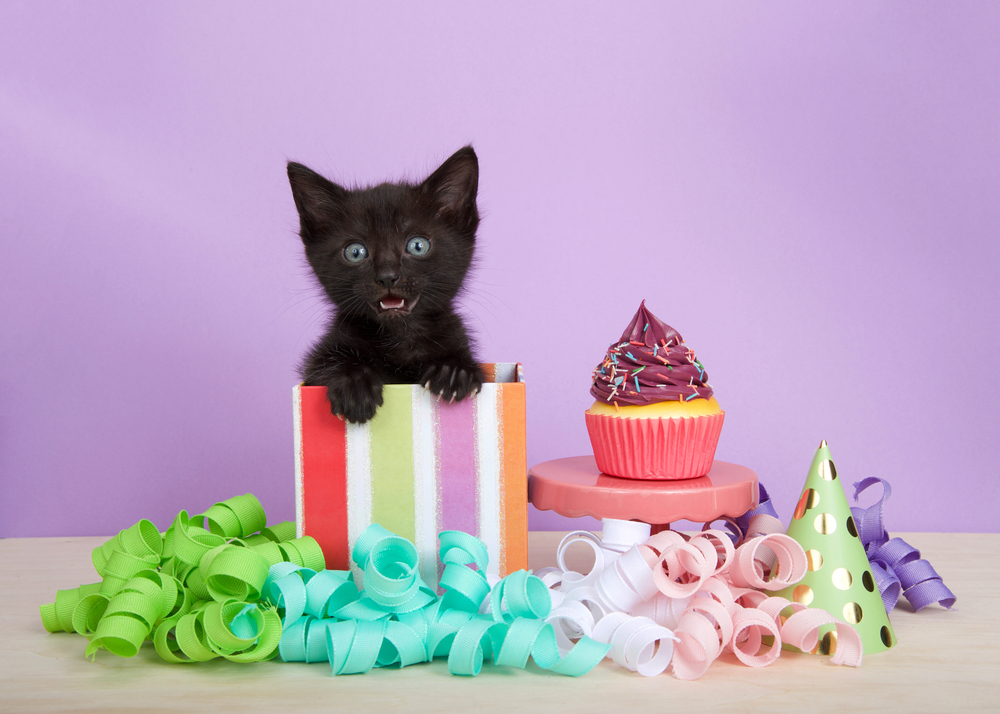Cats are expressive creatures, especially through their body language. Felines give many clues about their feelings and communicate widely using various parts and positions of their bodies. Their tails, for example, are used to display their mood. An upright tail is often one of a happy and confident cat. They also use their tails to rub against you when you arrive home after an absence or to communicate a need or want with you. On the other hand, if they are feeling threatened, the hair on the tail will fluff out and stand on end.
So, if your cat’s tail is limp, does this mean something is wrong? Potentially, but not always.

Is a Limp Tail Serious?
Physically being unable or unwilling to use or lift their tail needs investigation by your veterinarian as soon as you notice it to begin treatment. Below are five common explanations or scenarios for a floppy tail, some of which are more serious than others. But in any event, all require treatment and are a cause for concern.
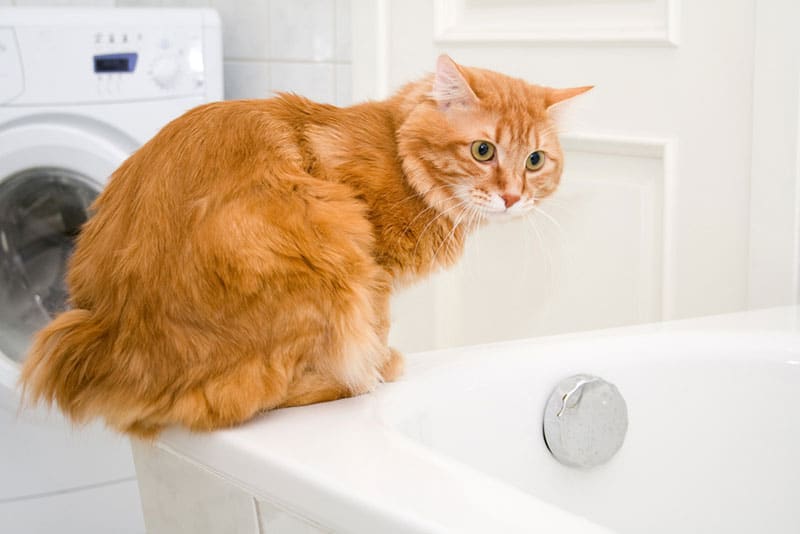
The 5 Likely Reasons Your Cat Has a Limp in His Tail
1. Trauma
“Trauma” is a broad umbrella term covering many things, but trauma to the tail is one of the most common explanations for your cat not using this part of their spine.
Examples of trauma include:
- It is possible for cats to injure their tail by accidentally wafting past hot stoves, saucepans with hot food in them, boiling water, or spitting fat. Open fireplaces and bonfires are other risks, as are fireworks.
- The tail is trapped or slammed in a door or window. It is not unusual, and usually it is accidental, but a cat’s tail can become trapped in a building, garage, house or car door, and any type of window.
- The tail being run overby a child’s toy, a vehicle, or even stepped on by an adult.
- Grazes and cuts occur for a plethora of reasons. Some of the above will cause minor to major wounds, for example. Wounds are uncomfortable and may cause pain and interfere with movement.
- This may be due to an injury or wound, as described above, or referred pain, meaning an issue is ongoing elsewhere in the body but the pain is referred to the tail area.
- Avulsion injuries.An example of this would be a young child pulling or yanking the cat’s tail or another animal grabbing at it. Cats can also self-inflict this injury by constantly trying to pull their tail out from something (or a situation), like under a wheel or between branches if they are caught in a tree.
- Full anal glands.While not direct trauma, it is indirect, as the uncomfortableness of full or impacted anal glands is distressing. It will cause your kitty to exhibit limp tail behavior until their glands are emptied by your veterinarian.
Have a look at your cat’s tail and examine it for any wounds, markings, or odd positioning of bones and tissues. Apply first aid only if you are comfortable and knowledgeable in doing so, and then take your feline friend to the vet for assessment and treatment.
2. Fracture
Some of the reasons cited under trauma may indeed fracture (break) the tail. The tail is a continuation of the spine and forms part of the cat’s backbone. Lots of muscles and tendons are in this area too that can be damaged. An injury to the tail part of the spine, or the spine higher up, can cause your cat not to use their tail and for it to become limp. Your veterinarian will need to perform X-rays and further tests to assess the damage, begin the correct line of treatment, and find out if the use of the tail will return.
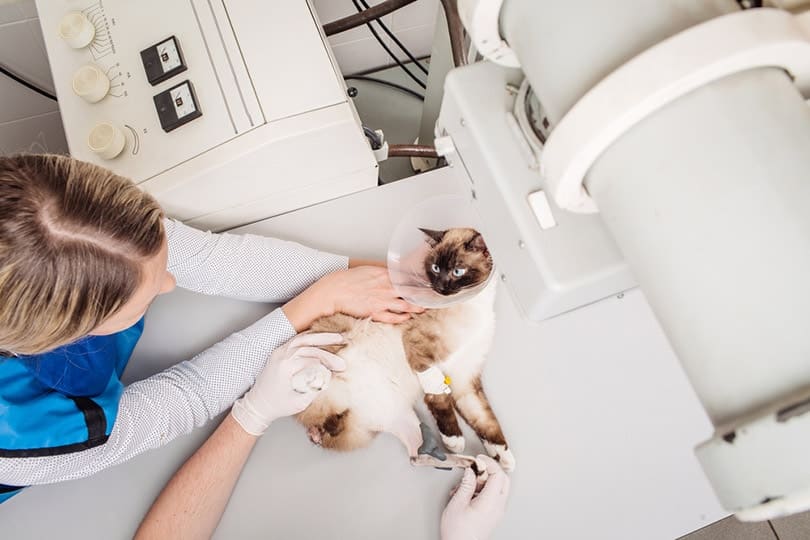
3. Dislocation
Dislocation of the vertebrae joints in the tail can happen in road traffic accidents as well as in yanking and pulling injuries. The force doesn’t break or crack the bone but separates one or more of the joints instead, causing pain, swelling, or lack of use.
4. Nerve Damage
Nerve damage created from fractures, dislocation, or avulsion injuries can all result in one or a few of the nerves being affected. Alternatively, nerve-related issues may occur due to other underlying health problems, causing the tail to be limp with a loss of sensation. Many nerves exist in the spinal area, and it is a complicated subject to investigate. The nerve damage may be temporary, meaning the use of the tail will return, or it may be permanent.
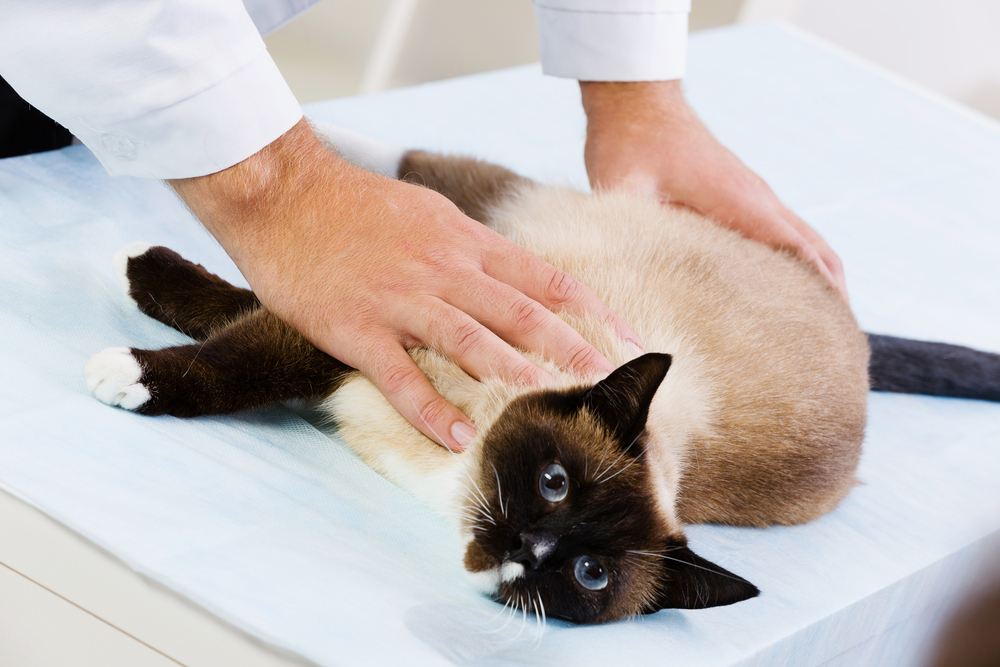
5. Abscess
These are exceptionally common in the feline community that spend time outside. They usually occur during fighting or in a standoff when one cat tries to run away from an aggressive cat or a bullying cat. The aggressor bites the tail or tail base of the runner, and due to the bacteria cats have in their mouths, an abscess can form.
This happens because the bacteria are left in the skin of the unfortunate party when the aggressor sinks their teeth into their skin. An abscess forms in response and will require treatment including antibiotics. A swollen, softish, painful area can usually be seen with puncture marks of the teeth. It may also be hot and oozing pus.

Conclusion
Tail injuries are very common in cats, and they will need to be looked at by a veterinarian in almost all cases. The severity of the injury and its effects, as you can appreciate, is vast, and the treatment and outlook will depend on the originating cause, the degree of damage subsequently caused, and the health status of your cat in general. Some cats will only require rest and medication, while others may require amputation, so always check in with your vet to be on the safe side!
- See also: What Causes Limp Tails in Cats?
Featured Image Credit: YULIYA Shustik, Shutterstock

